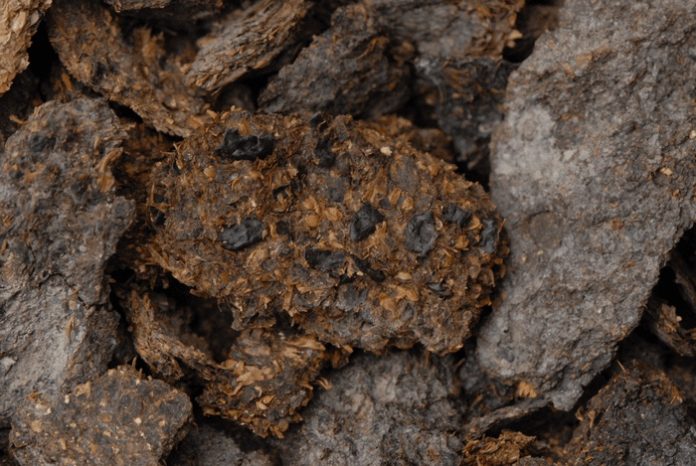Fossilized feces known as coprolites have been used for the first time to verify the movements of ancient Americans from South America to the islands of the Caribbean about 1,500 years ago. The research was presented by Jessica Rivera-Perez of the University of Puerto Rico at the session of the annual meeting of the American Society for Microbiology. The study confirms previous thought based on archaeologist’s discoveries and theories. This is the first known use of coprolites to confirm the ethnicity and geographic origin of peoples that settled the Caribbean.
The study examined coprolites in archaeological excavations in Vieques, Puerto Rico. Two cultures settled in the region based on the examination of pottery and ornamental objects made from semiprecious stones. The distinctive red and white paints on the pottery indicated the people that made the pottery came from Saladero, Venezuela originally. The jewelry was made by people that came from the Bolivian Andes originally. The two settlements have been considered descendants of the Saladoids of Venezuela and the Huecoid culture from Bolivia.
Rivera-Perez and colleagues compared the bacterial composition and the DNA of the fossil coprolites from both Saladoid and Huecoid settlements. The bacterial and fungal DNA from the coprolites confirmed the origin of the two communities. The Huecoid coprolite contained DNA from bacteria that are known to be a product of the consumption of an Andean fermented corn beverage. This confirms the Bolivia ancestry of the Huecoid settlement.
Fossil feces is often the most personal item left behind by humans that migrate from one location to another and then abandon the second location to accommodate population increase or antagonism from first resident populations. Among with the few artifacts that can be found, coprolites have become an increasingly valuable source for determining the origin of migratory peoples. This study is the first to confirm migratory routes and points of origin of peoples in the Caribbean.















